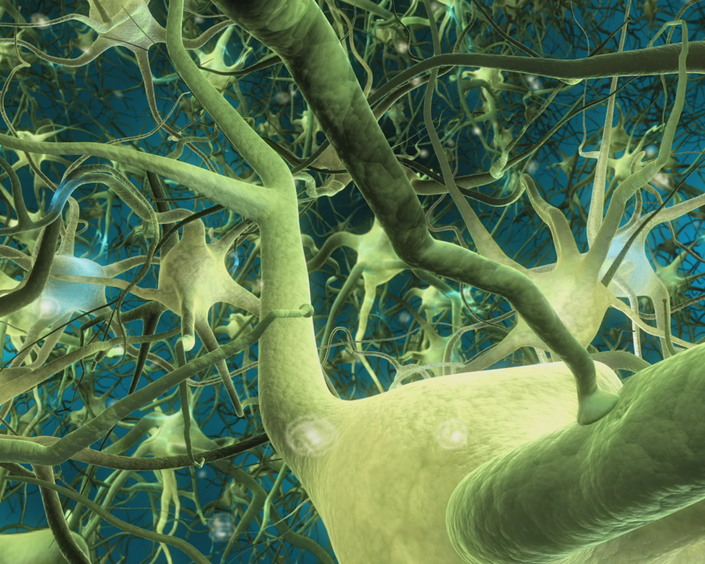
Osteopathophys MSK/Neuro
Basic Science Course for Osteopathic students
Osteopathophys 1
Main Instructor: Number of Hours: 40
Introduction to Pathophysiology (Osteopathophys)
Brad McCutcheon M.Sc. (Ost), Dip(Sim). Dip(MT), D.O.M.P., D.Sc.O., DHOM, Hom, WC(Hons)
Patient safety is a priority in Osteopathic care.
General Objectives:
The objectives of this introductory pathophysiology course are to provide the student with the foundations of pathophysiology as they relate to the practice of traditional manual osteopathy. This course is the first of three parts. This section is intended to cover the essentials of Osteology, Myology and Neurology as they relate to the practice of osteopathy.
The recognition of conditions in which osteopathic treatment is contraindicated are identified as are those conditions which require physician, surgical or emergency referral.
Delivery:
This is a combination of lecture format and small group sessions directed towards actually problem solving. Wherever possible, osteopathic examples will be provided.
Outline:
- Inflammation and pain
- Cells and Tissues: Inflammation, tissue healing and pain
- Immunity first and second response
- Osteology, bone remodeling, fractures, dislocations.
- Pathologies of bone and Osteopathic Treatment
- Cellular Proliferation, Cancer: contraindications clinical relevance
- Myology and Intro to Neurology
- Myology, neuromuscular physiology
- Muscular pathologies
- Neurophysiology review
- Pathologies of the nervous system and Osteopathic Treatment
- Thrombosis, clotting disorders, shock, arteriosclerosis
- Thyroid, pituitary, adrenals, parathyroid
- Components of Osteopathic Physical Assessment
- Physiology of connective tissue, fascia and ECF
- Extracellular matrix
- Current trends in research into connective tissue
Physiological effects of Osteopathic techniques Evaluation:
Students will be evaluated as per the guidelines of their college. They are expected to recognize conditions that are not immediately amenable to osteopathic care and to take responsible measures to ensure the safety of the patient. There is a written examination for this course completed during the school year it may be in the format of an online exam or a written hand in.
Recommended Reading:
Guyton, Hall, (1997) Textbook of Medical Physiology, Philadelphia, W.B. Saunders.
Downing, C.H., (1935) Osteopathic Principles in Disease, San Francisco, Ricardo Orozco.
Appropriate useful medical pathology text for further reference
Your Instructor

Course Curriculum
-
StartIntro Lecture (40:09)
-
StartSymptomatology (50:37)
-
StartECM Components (30:50)
-
StartCollagen and Fibroblasts (44:16)
-
StartMechanotransduction 1 (37:20)
-
StartMechanotransduction 2 (46:45)
-
StartNeurology 1 (39:00)
-
StartNeurology 2 (32:47)
-
StartChronic Pain 1 (35:27)
-
StartChronic Pain 2 (38:56)
-
StartChronic Pain 3 (46:40)
-
StartChronic Pain 4 (15:50)
-
StartFluid Dynamics (78:44)
-
StartRed Flags (6:56)
-
StartSpinal Pathologies (34:50)
-
StartPathologies of the Musculoskeletal System (41:11)
-
StartNutrition for Osteopathy (184:26)
